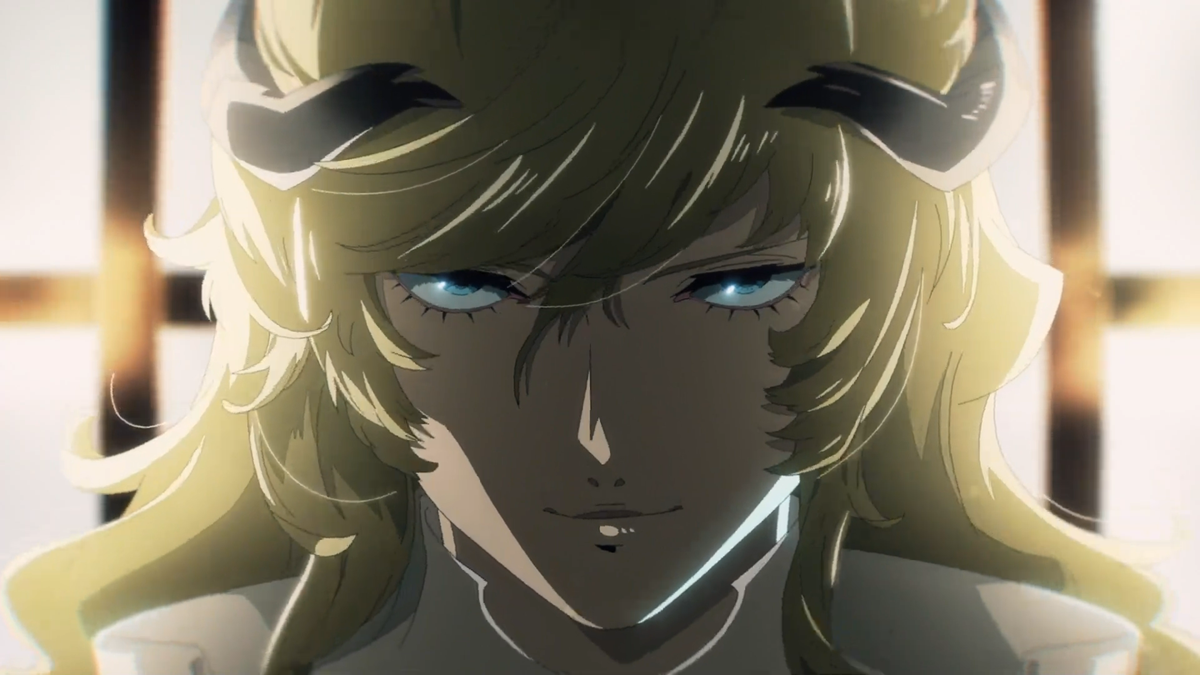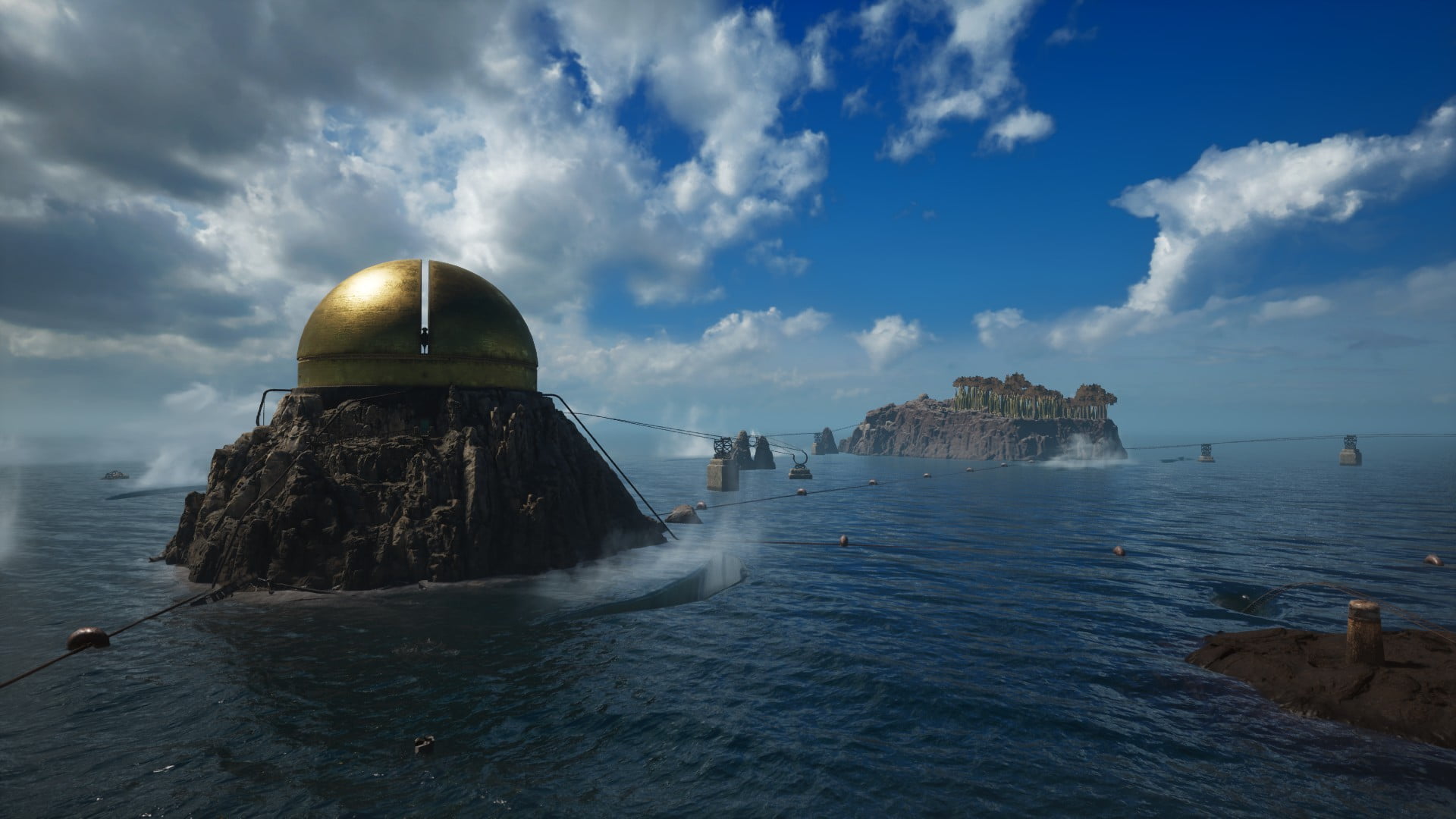One of the most lauded tabletop games in recent years has finally come to the PC, in its early access form, and it’s pretty rough around the edges, even at this early stage of development.
The menu screen looks a bit like an empty house whose owner is just starting to move in. There are options for a tutorial mode, a campaign mode, an adventure mode, and multiplayer. Being early access, all of these are locked, save for adventure mode; the others manage a tool-tip when hovered over, telling you that they haven’t been added in yet.
Adventure mode, however, manages to recreate a small portion of the board game’s expansiveness, if nothing else. You begin by selecting your two heroes, of the four currently available; defeating bosses in this mode currently unlocks three and four hero groups. (It’s worth noting that the tabletop game features thirteen classes in all, including unlocked ones.)
Your available two person groups consist of various combinations of the Brute, a large hulking creature fairly reminiscent of some sort of unholy mutation of orc/ogre and troll. He wields a large club, carries a large shield and any intellectual concerns seem limited to what enemy he can smash and when can the next enemy be smashed.
There’s also the Cragheart, a creature seemingly formed from weathered stones. His abilities focus on earthy type abilities, such as hurling boulders at enemies and pounding the ground to cause minor quakes.
The Scoundrel is another class that can supplement your two-person group and she’s arguably the quickest member of your party, equipped with dual daggers for effective enemy engagement ending in encounters eviscerated extremely efficiently.
Finally, you have the Spellweaver as an option. Traditionally wielding spells such as Frost Armor and Mana Bolt, she excels at attacking from a distance.
Starting adventure mode gives you a starting city, a destination, and three paths to get there, easy, medium, and hard, helpfully color coded by the green, yellow, and red colored paths. Selecting one of these gets you off on your journey straight away.
There are mini events on the road and in the cities that you can randomly encounter, and typically involve a small scenario involving a choice, which can net you an item, a bit of gold, or a buff to your characters.
Once you reach a dungeon on the world map, the real fun begins.

Taking you inside the dungeon, you get a lovely bird’s eye view of all the action from a top down perspective. The game does its best to make a horrible first impression by letting you figure out that to move the camera around, you’ll need to use the keyboard, specifically the W, A, S, D, Q and E keys. Once you’ve got that down, it’s time to get used to the combat!
Taking down enemies will net you experience, gold, and treasure, in true classic role-playing form. Naturally you can’t just mouse click where you want to go, or right click to attack, of course.
Welcome to Gloomhaven.
Each one of your characters have a starting deck of between 9 and 11 cards. Each card has a top half and bottom half, separated by a number in the middle. Generally, the top half are attack based abilities, and the bottom half are movement and utility-based abilities. The large number in the middle of each card is the initiative value, which (along with the enemies in the room you’re in) is used to determine the order everyone moves. Each card also has two default options of attacking for 2 dmg or moving 2 spaces, if the card abilities aren’t to your liking.
You select two cards for each of your heroes and the game checks the initiative scores, and lowest initiative goes first, and on your turn you try to strategize the most optimal way to use the movement based ability on your card with the attack based ability on your other card, since (if you use the bottom half of one card, you must use the top half of the other). Also using a card discards it from your deck, (unless you use the default card options) you can use a rest between turns to replenish your deck, minus one card, but if you run out of cards, you lose the dungeon. You can also burn cards to avoid taking damage. Also each character has twenty attack modifier cards that come into play when attacking, which can range from missing entirely, to doing double damage. These modifier cards are discarded as well, until a miss or double damage card is drawn, in which case the entire attack modifier deck is reshuffled at the end of the round. Each enemy type also has their own attack modifier deck as well, which is shared by all enemies of that type. Certain attacks can infuse the battlefield with a certain element as well (earth, fire, etc.) and once infused, other attacks of that element can cause additional effects.
Sound complicated? If you’ve never played the board game, then all this might seem like a lot to wrap your head around. It’s an interesting, if complex series of mechanics at work here, especially considering that every enemy that you encounter in these dungeons have their own cards as well.
Getting enough experience will grant your heroes a level up, where you’ll be able to select one of three new cards for their decks, most of which are quite useful in a variety of ways.
At the moment, Gloomhaven’s greatest strength lies in its massive potential for future additions and expansions. If you’re eager to get into the action right now, be warned that while there is an extremely deep and strategic combat system in place, it’s not for the faint of heart, and much of the game remains inaccessible due to its early access state.




